20+ SAMPLE Resource Planning
-
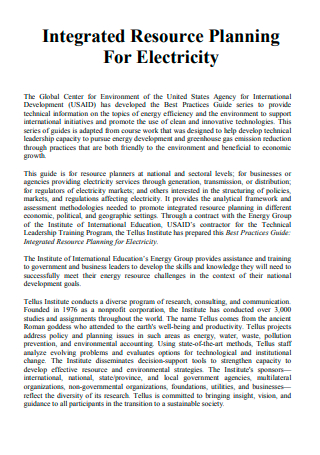
Integrated Resource Planning For Electricity
download now -
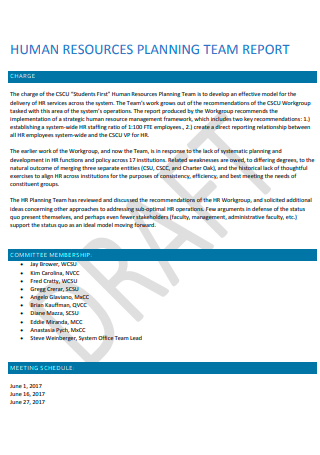
Human Resource Planning Team Report
download now -
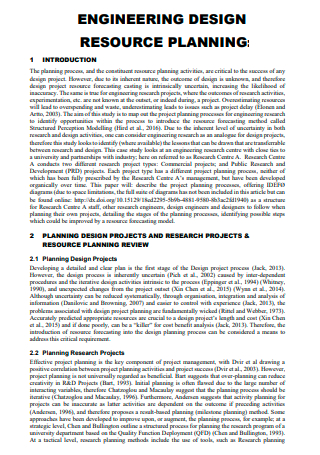
Engineering Design Resource Planning
download now -
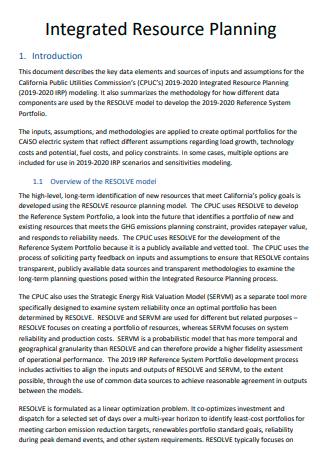
Integrated Resource Planning
download now -
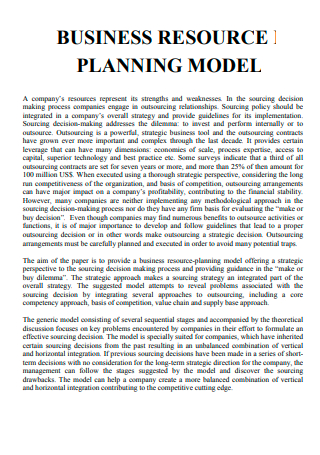
Business Resource Planning Model
download now -
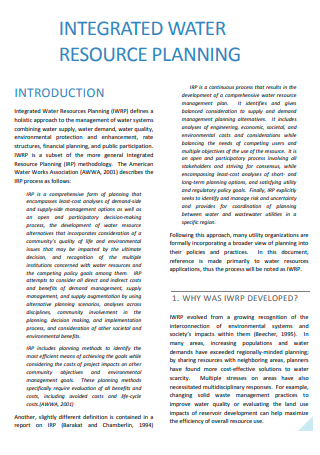
Integrated Water Resource Planning
download now -
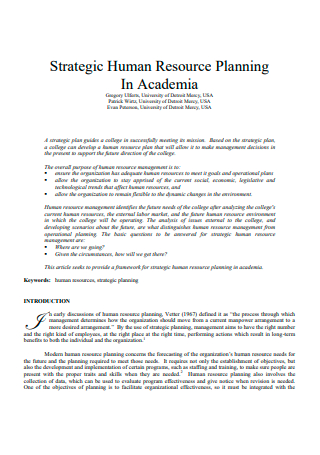
Strategic Human Resource Planning
download now -
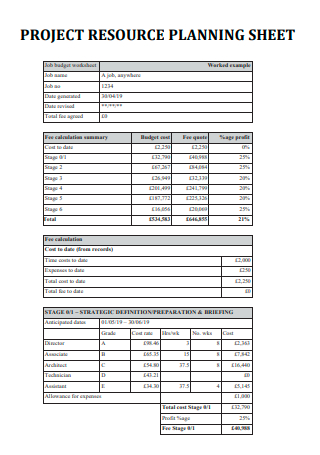
Project Resource Planning Sheet
download now -
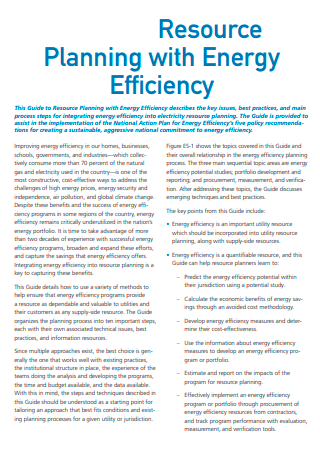
Resource Planning with Energy Efficiency
download now -
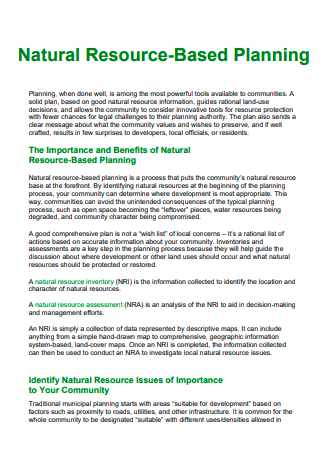
Natural Resource-Based Planning
download now -
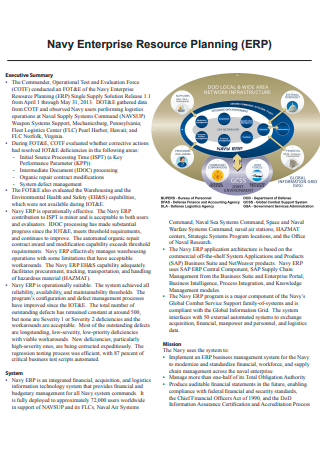
Navy Enterprise Resource Planning
download now -
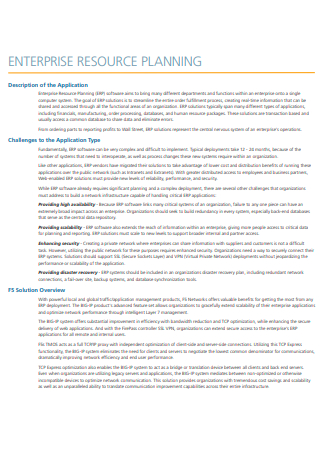
Enterprise Resource Planning
download now -
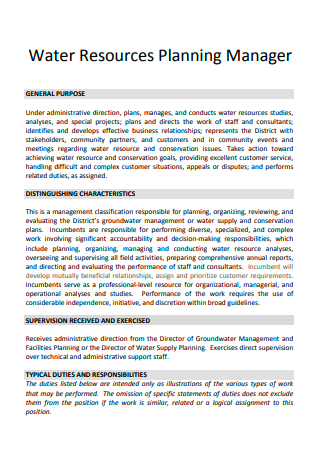
Water Resources Planning Manager
download now -
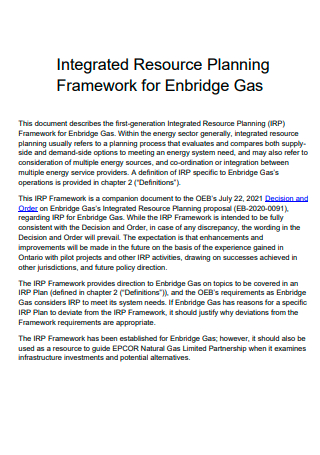
Integrated Resource Planning Framework
download now -
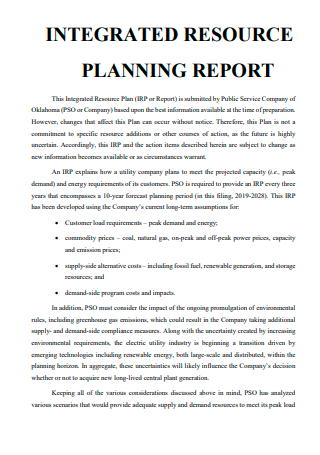
Integrated Resource Planning Report
download now -
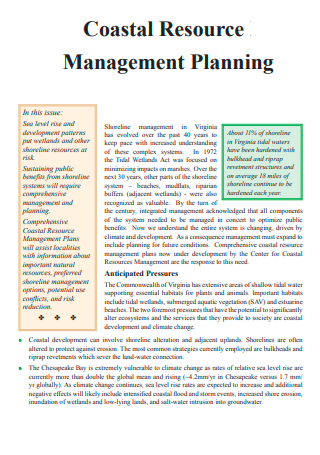
Coastal Resource Management Planning
download now -
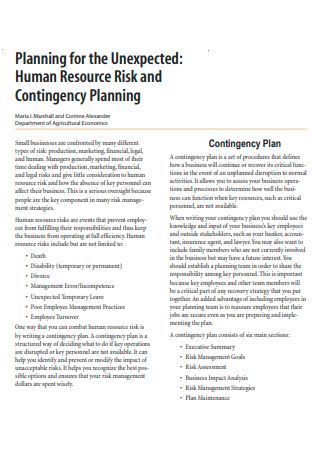
Human Resource Risk and Contingency Planning
download now -
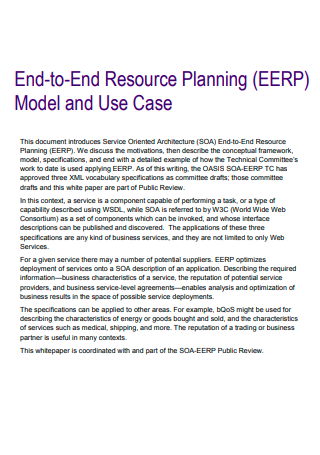
End-to-End Resource Planning
download now -
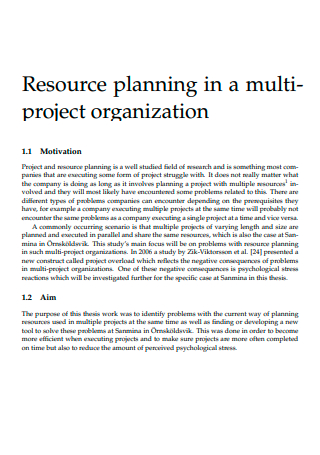
Resource Planning in Multi-Project Organization
download now -
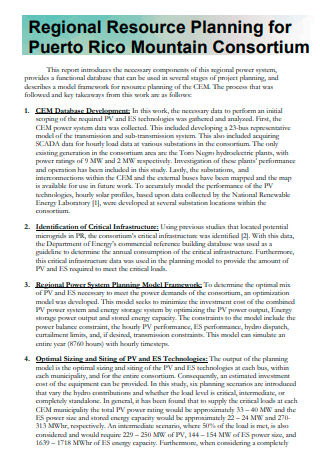
Regional Resource Planning
download now -
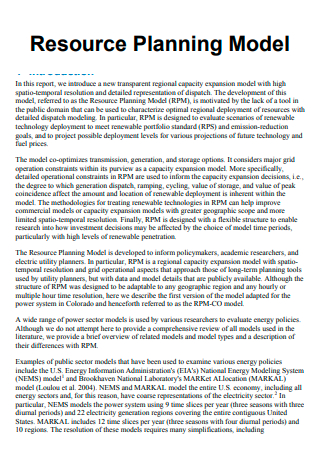
Resource Planning Model
download now
FREE Resource Planning s to Download
20+ SAMPLE Resource Planning
What Is Resource Planning?
Tools and Techniques Associated with Resource Planning
A Guide To the Resource Planning Process
FAQs
What is the significance of resource planning?
What are the different types of resource planning?
What are the three phases of resource planning?
What Is Resource Planning?
Resource planning refers to an organized strategy that organizations use for judicious planning and utilization of resources for a specific purpose, whether it is a continuous business plan or a one-time project. Resource planning involves the distribution and allocation of resources to specific tasks to team members or employees following their skills, abilities, and experience. Without resorting to resource planning, organizations will have difficulty managing the utilization rates, tracking employee performance levels and capacities, tracking project budgets and expenses, and monitoring the overall progress of a project. When it comes to resource planning implementation in societies, the process and application itself are critical. In doing so, organizations consider the most efficient and sustainable ways of using resources to guarantee that the regional, national, and international stakeholders are content with the resources, positive that they are unharmed and without any unnecessary damages. For project managers, resource planning is the process of arranging resources manually or with the help of electronic spreadsheets for planning purposes. With the rise of new technologies and software in the digital age, resource planning has grown over time. Resource planning, at present, also includes different forms of software to incorporate intricate and immediate information in a variety of projects.
According to an article published by McKinsey and Company, most senior executives understand the significance of managing and shifting resources, and 83 percent state that it is a key component in the management lever for spurring growth and innovation.
Tools and Techniques Associated with Resource Planning
Resource planning tools, including software, can automate tasks quickly and efficiently, tracking work hours following budget plans, providing color-coded sheets and charts to monitor the scarcity of resources in real-time, and sharing several big picture data and information for portfolio management to track plausible scenarios across different teams and projects. Resource management strategies, on the other hand, deal with various processes and procedures to organize and manage project teams. Resource planning deals with the proper and strategic use of resources to develop products and offer services under time constraints and limited budgets. Planning tools enable organizations to simplify the resource planning processes. However, when it comes to handling and managing human resources, the process requires more than software and technology. There are different resource planning techniques to assist the resource planning process and manage project teams. The section below covers different tools and techniques in resource planning.
A Guide To the Resource Planning Process
Project resource planning involves allocating and utilizing the necessary resources for the project, including people, materials, equipment, and financial resources. In the business world, resources refer to all of the things that project managers or businesses depend on to deliver their products and services. However, the resource that resource planning focuses on is human resources. Remember that people planning is distinct from material resource planning. The section below tackles the resource planning process in detail to help individuals plan for their projects and programs effectively.
Step 1: Develop a Comprehensive Project Plan
The first step in the resource planning process starts by selecting which project the organization wants to focus on handling and to take and coming up with a concrete outline or overview for its execution. This step is also the stage where project management teams determine and request access to all preliminary planning for resources. Project managers also lay out the specific project tasks during this step, which is vital to allocate a sufficient amount of resources and time for the completion of each activity.
Step 2: Organize a Resource Meeting with Stakeholders
Many individuals are not fond of having meetings, thinking that they are only wasting time. However, without the presence of resource meetings that gets the entire team on the project, it becomes difficult to gain uniformity in understanding the project vision for every team member. During resource meetings, project managers assign and explain the individual and team responsibilities for the project and establish the key performance metrics for evaluating the project. Many organizations also utilize this step of the resource planning process to determine the resources that the project needs to push through. The reason behind this is that it is during resource meetings that the project teams have a clear vision and understanding of the exact resources they need.
Step 3: Match the Resources to Specific Tasks
In this stage of the resource planning process, project managers utilize resource planning tools through sophisticated software programs to match the resources to the tasks as part of managing team workloads. In using the software to match resources with skills, project managers can determine where teams need more support, where the organization needs the newer employees to contribute, and the time and procedure for implementing necessary department shuffles.
Step 4: Set a Budget Plan and Develop Timeline Tracking
When talking about project management, budgeting and timing co-exist. Budget plans are within their limits and are feasible if there is a proper timeline that project management teams create and strictly follow. On the other end of the spectrum, budgets can spiral out of control if there are problems meeting deadlines or there are continuous adjustments to the timeline. As part of the resource planning process, project managers must continuously keep track of their budget at all times while comparing it to the project timeframe to see how they can manage the funds accordingly as the project continues to progress.
Step 5: Forecast for Future Planning
A competent project manager keeps track of the present progress of the project, and they must be mindful of how the project can change in the future. This is especially true when it comes to handling long-term projects that projects teams execute for more than two quarters. Forecasting future planning is a process of understanding the kind of management approach that project managers can take to keep up with the changing scenarios and circumstances surrounding the project. There are common approaches that project management teams implement during these crucial moments, including accelerating the project at a fast pace when everything is back on track, then ticking back to a slow and steady pace under any circumstances, and holding back on the initial stages of the project and become extra cautious to ensure that no one commits any mistakes.
Step 6: Update the Resource Plan and Conduct Post-Project Analysis
The last step of the resource planning process is a challenging task because this is the step where organizations must show that they are flexible to make adjustments or reorganize project plans according to real-time changes. These changes are the result of slow approval processes, unforeseen scope of work alterations, lack of team members, or a sudden breakdown of the project timeline. After completing a project, project managers take the time to analyze what processes and activities can undergo improvements. Address if there is a need to implement adjustments to work schedules, incorporate freelance workers into the project, or include conflict resolution methods in the project plan. Asking these question are necessary to improve the next project.
FAQs
What is the significance of resource planning?
There are various benefits of implementing resource planning, including the identification of needed resources, avoidance of resource wastes, trackers for resources, and the use of energy-saving and environmental-friendly resources.
What are the different types of resource planning?
Resource plans have two distinct types. One is the hypothetical resource plan that the team comes up with as an ideal plan, and the other is the actual resource plan that project management teams implement during their projects.
What are the three phases of resource planning?
Resource planning has three distinct stages. The first is the preparation stage for the inventory of resources. Second is the evaluation of resources in terms of availability for development. Lastly, project managers are planning for the exploitation or use of the resources to accomplish projects.
Resource planning is defined as the process of identifying, forecasting, and allocating different resources to a particular project at reasonable times and costs. As such, resource planning is a crucial step to ensure that projects and programs that businesses implement become successful. Project managers and project management teams must be very thorough when creating resource plans to ensure that everything stays on budget and schedule. Guide the process planning procedure in the organization by downloading the templates available in the article, only from Samplet.net.
